Many plastic products contain dangerous chemicals that can have harmful effects on our health and the environment. Exposure to these toxins from plastic can have a range of negative effects on our bodies like disrupting hormones, increasing the risk of cancer and other diseases. In addition, the production, use, and disposal of plastic products can contribute to environmental pollution and harm wildlife.
But the good news is that there are steps we can learn how to avoid toxic chemicals in plastics and reduce our impact on the environment. In this article, we'll explore a comprehensive list of plastic toxins, and discuss ways to avoid them.
Related: Chemicals used in the manufacture of plastics
I. What dangerous chemicals are in plastic?
What dangerous chemicals are in plastic? There are many plastics containing dangerous chemicals that can have harmful effects on our health and the environment. These chemicals can be released through the production, use, and disposal of plastic products.
In this section, we will explore some of the most common dangerous chemicals found in plastic. Understanding these chemicals is an important step towards making informed choices about the products we use and how we interact with plastic..
1. BPA
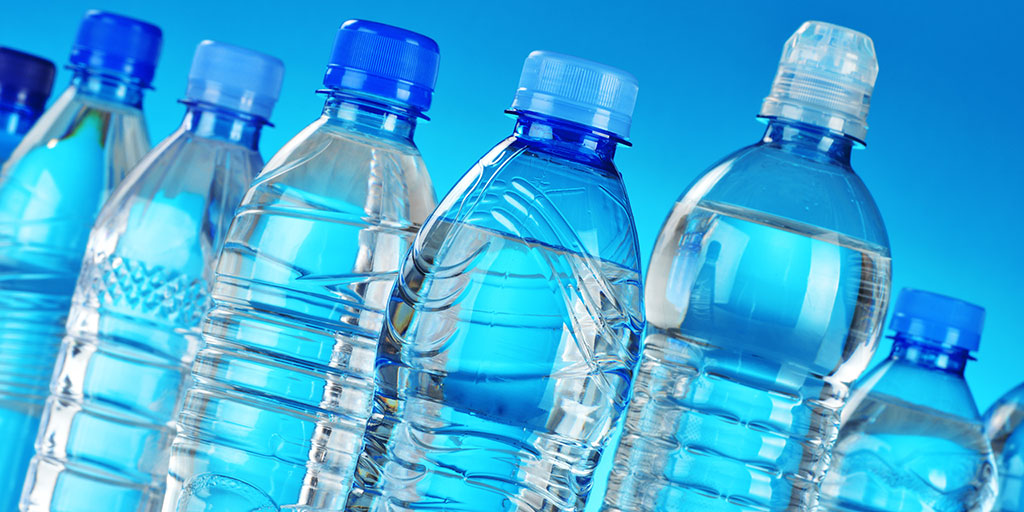
Bisphenol A (BPA) is a synthetic organic compound used in the production of polycarbonate plastics and epoxy resins, which are commonly used in consumer products such as food and drink containers, dental sealants, and electronics. BPA is produced in large quantities globally, with approximately 6 billion pounds produced annually.
Health Impact
BPA has been shown to disrupt hormone function and potentially contribute to a range of adverse health outcomes. Studies have shown that BPA can mimic the action of the hormone estrogen in the body, which can interfere with normal hormonal function and development.
The most significant concern associated with BPA exposure is developmental and reproductive abnormalities, including reduced fertility, birth defects, and developmental delays. In addition to these risks, exposure to BPA has also been associated with an increased risk of certain types of cancer, cardiovascular disease, and other chronic health conditions.
BPA can leach into food and drinks from containers, leading to exposure in humans, especially during critical periods of development, such as pregnancy and early childhood. Infants and young children are particularly vulnerable to the health impacts of BPA exposure because their bodies are still developing and they consume more food and drinks per body weight than adults.
Research has shown that high levels of BPA exposure during pregnancy can affect fetal development, potentially leading to long-term health consequences such as behavioral and developmental problems, impaired immune function, and an increased risk of certain types of cancer.
Example
In a study published in the journal Human Reproduction, researchers found that women who had higher levels of BPA in their urine were more likely to experience infertility. The study analyzed data from 114 women undergoing fertility treatment and found that those with higher levels of BPA in their urine were less likely to conceive.
Another study, published in the journal Environmental Health Perspectives, found that exposure to BPA during pregnancy was associated with an increased risk of behavior problems in young girls. The study analyzed data from over 1,000 mother-child pairs and found that girls whose mothers had higher levels of BPA in their urine during pregnancy were more likely to exhibit hyperactivity, anxiety, and depression. These studies highlight the importance of avoiding exposure to BPA to protect both our health and the health of our children.
In response to concerns about the health impacts of BPA exposure, some countries, including Canada and the European Union, have banned the use of BPA in baby bottles and sippy cups, while others have implemented restrictions on the use of the chemical in other consumer products. Despite these efforts, BPA continues to be widely used in many other products, and exposure to the chemical remains a concern for public health.
2. BPS
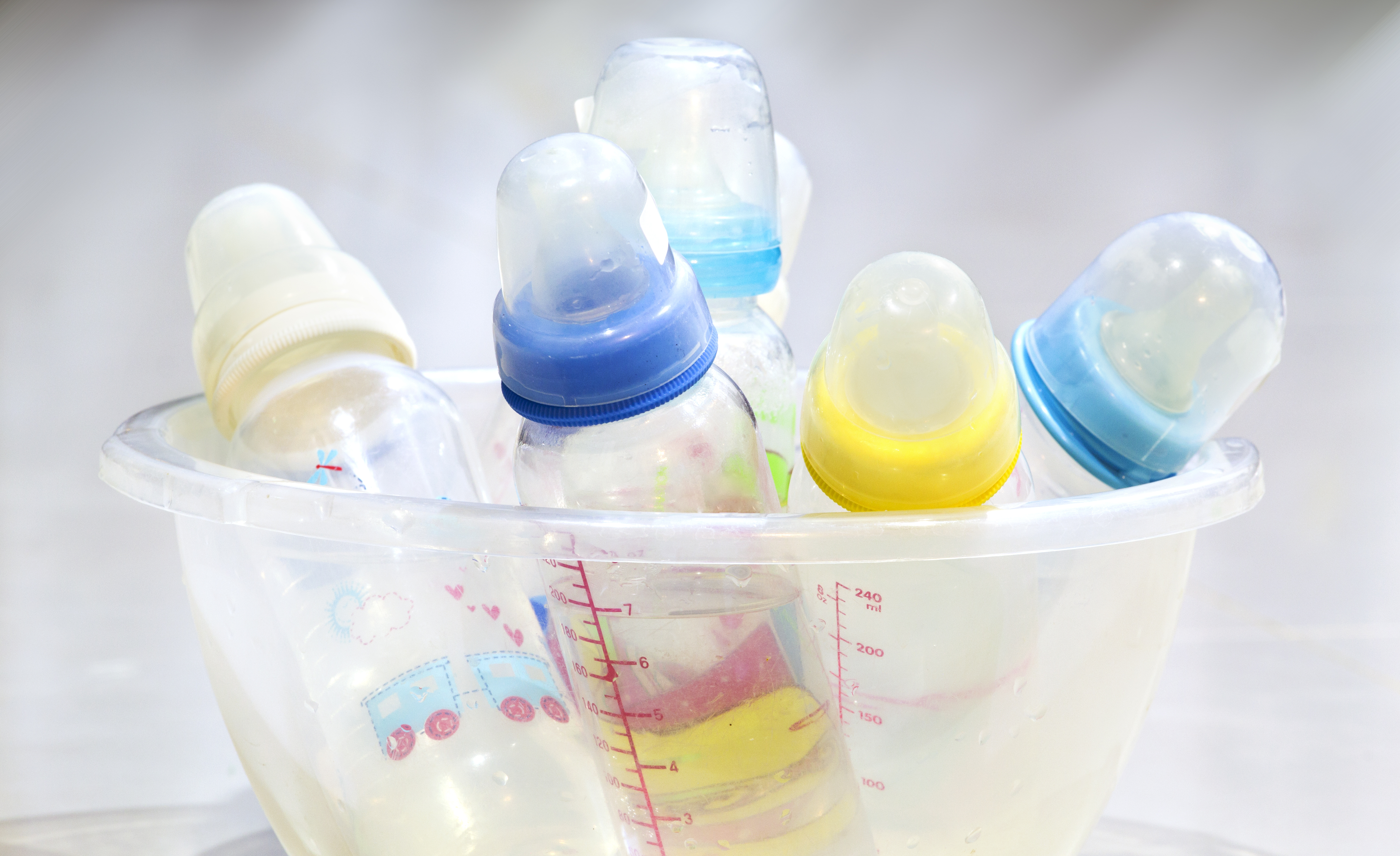
Bisphenol S (BPS) is a chemical compound that is structurally similar to BPA and is often used as a replacement for BPA in the production of certain types of plastic products, including thermal paper, water bottles, and food containers.
Health Impact
BPS has been shown to have similar hormone-disrupting effects to BPA, potentially leading to reproductive and developmental abnormalities, as well as an increased risk of certain types of cancer and other chronic diseases.
Like BPA, BPS can also mimic the action of estrogen in the body and potentially disrupt the endocrine system. While the full extent of the health impacts of BPS exposure is not yet clear, some studies have suggested that the chemical may be just as harmful as BPA, if not more so.
Example
BPS is often used as a replacement for BPA in products that are marketed as "BPA-free," leading some consumers to believe that these products are safe and free of endocrine-disrupting chemicals.
A study published in the journal Environmental Science and Technology found that BPS was present in thermal paper receipts, indicating that it may be a common source of exposure for humans. The study analyzed samples from 24 retailers in the United States and Canada and found that all of the receipts tested positive for BPS. It suggests that BPS may have negative health effects similar to those of BPA and highlight the need for further research into the safety of BPS in consumer products.
In 2019, the European Union classified BPS as a substance of very high concern due to its potential risks to human health and the environment.
3. Phthalates

Phthalates are a group of chemical compounds that are commonly used as plasticizers in the production of polyvinyl chloride (PVC) plastics. It is are found in toys, food packaging, medical devices, and personal care products.
Health Impact
Phthalates have a range of potential health impacts, particularly on the reproductive and developmental systems. Exposure to phthalates has been associated with reduced fertility, birth defects, and developmental abnormalities in both males and females.
Some studies have also linked exposure to phthalates with an increased risk of certain types of cancer and other chronic diseases. The health impacts of phthalate exposure can be particularly significant for children and pregnant women, as exposure during critical periods of development can have long-term consequences.
Example
In 2017, a study published in the journal Environmental Health Perspectives found that exposure to phthalates during pregnancy was associated with a higher risk of developmental abnormalities in the male reproductive system.
Phthalates are capable of seeping out of plastic products and making their way into food and beverages, thereby causing human exposure. Due to the apprehension about the health repercussions of phthalate exposure, certain countries such as the European Union and the United States have put limitations on the utilization of specific types of phthalates in particular products. Despite the constraints, phthalates are still being extensively employed in numerous consumer goods, and their potential exposure to the public remains a public health concern.
4. Lead

Lead is a heavy metal that can be found in some types of plastic products, particularly those that are produced in countries with less stringent safety regulations.
Lead is often added to plastic products as a stabilizer.It can also be present as a contaminant from other sources, such as soil or water.
Health Impact
Lead is a neurotoxin that can have serious health impacts, particularly on children and pregnant women. Exposure to lead can cause developmental delays, learning disabilities, and other cognitive and behavioral problems.
In adults, lead exposure can lead to high blood pressure, reproductive problems, and kidney damage. Long-term exposure to lead has also been linked to an increased risk of certain types of cancer.
Example
In 2018, the US Consumer Product Safety Commission (CPSC) issued a warning about fidget spinners that were found to contain high levels of lead. The toys were sold at various retailers and on popular online marketplaces. The CPSC advised consumers to avoid fidget spinners that contained lead and to ensure that all products intended for children were tested and met safety standards. The incident highlighted the need for greater regulation and testing of plastic products to ensure that they do not contain harmful levels of lead or other toxic substances.
5. Brominated flame retardants

Brominated flame retardants (BFRs) are a group of chemical compounds that are commonly used in the production of plastic products to reduce the risk of fire. BFRs are also used in electronic devices, furniture, building materials, and textiles...
BFRs are persistent organic pollutants (POPs), which means that they do not break down easily and can accumulate in the environment and in the food chain.
Health Impact
BFRs have a range of potential health impacts, particularly on the endocrine and nervous systems. Exposure to BFRs has been associated with reduced fertility, thyroid dysfunction, developmental delays, and other cognitive and behavioral problems.
Some BFRs have also been classified as possible human carcinogens. The health impacts of BFR exposure can be particularly significant for children and pregnant women, as exposure during critical periods of development can have long-term consequences.
Example
A study published in the journal Environmental Health Perspectives found that prenatal exposure to BFRs was associated with reduced cognitive function in children. Another study, published in the journal Chemosphere, found that exposure to BFRs was associated with an increased risk of breast cancer.
In response to concerns about the health and environmental impacts of BFRs, some countries and organizations have taken steps to restrict their use. For example, the European Union has banned several types of BFRs, and some companies have voluntarily eliminated them from their products. However, BFRs continue to be widely used in many consumer products, particularly in developing countries where regulations are weaker.
6. Pentane
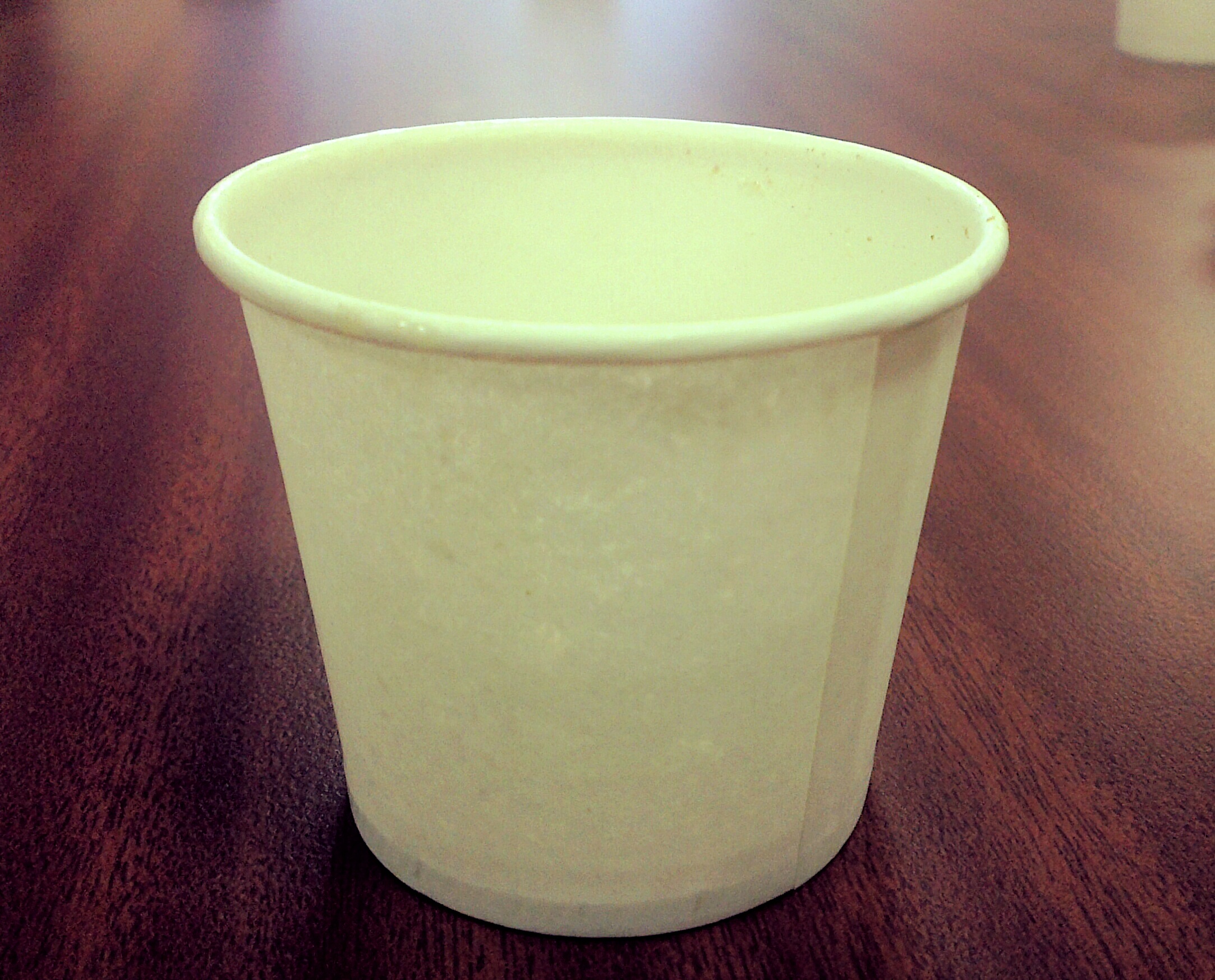
Pentane is a volatile organic compound (VOC) that is commonly used in the production of expanded polystyrene (EPS) foam. Therefore, it can be found in a wide range of plastic products, including food packaging, insulation, and disposable cups and plates.
Pentane is used as a blowing agent in the manufacturing process to create the tiny air pockets that give EPS foam insulating properties.
Health Impact
Although pentane is generally a low-toxicity chemical, exposure to high levels of pentane vapor can cause a range of health effects, including dizziness, headaches, nausea, and irritation of the eyes, nose, and throat.
Long-term exposure to high levels of pentane may also cause damage to the nervous system, liver, and kidneys. Additionally, pentane is a VOC, which means that it contributes to the formation of ground-level ozone and can have a negative impact on air quality and human health.
Example
A study published in the Journal of Occupational Health and Toxicology found that exposure to pentane in rats caused damage to their nervous system, particularly in the cerebellum and hippocampus regions of the brain. The study suggests that pentane exposure may have neurotoxic effects.
It suggests that exposure to pentane may have negative impacts on neurological function and increase the risk of lung cancer. However, more research is needed to fully understand the potential health impacts of pentane exposure.
The use of pentane in EPS foam manufacturing has also been criticized for its negative impact on the environment and contribution to climate change. As a result, there is increasing interest in the development of more environmentally friendly blowing agents for EPS foam production.
7. Cadmium

Cadmium is a heavy metal that is used in the production of plastic products, particularly those that are colored red or yellow. Cadmium is an added pigment for plastic electronic devices to provide bright and vibrant colors.
Health Impact
Cadmium is a toxic metal that can cause a range of health effects, particularly on the kidneys and bones. Exposure to cadmium links to an increased risk of kidney disease, osteoporosis, and certain types of cancer, including lung cancer and prostate cancer.
Cadmium exposure can also cause damage to the respiratory system and lead to respiratory problems such as chronic bronchitis and emphysema. The health impacts of cadmium exposure are particularly significant for children, as exposure during critical periods of development can have long-term consequences on their health and well-being.
Example
The European Union has set limits on the amount of cadmium that can be used in certain products, such as toys and jewelry, in order to protect consumers from exposure. In the United States, the Consumer Product Safety Commission (CPSC) has set limits on the amount of cadmium in children's toys and other products.
In addition, some companies have taken steps to reduce or eliminate the use of cadmium in their products. For example, in 2010, the toy company Mattel announced that it would stop using cadmium in the production of its toys.
However, some studies have suggested that these limits may not be sufficient to protect children's health, and there are ongoing debates about the appropriate levels of cadmium exposure in plastic products.
8. PFAS
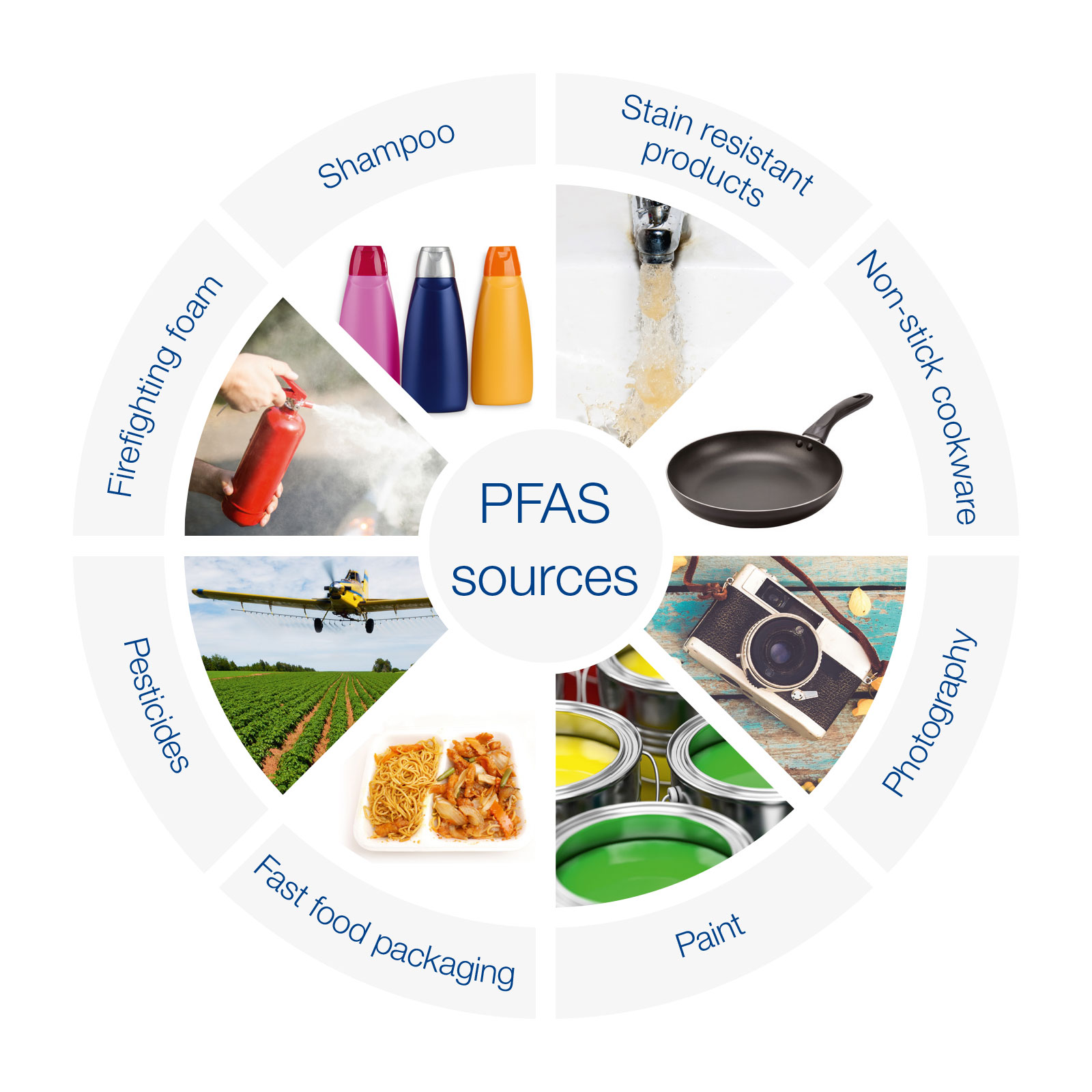
Per- and polyfluoroalkyl substances (PFAS) are a group of synthetic chemicals that are used in a wide range of industrial and consumer products.
PFAS are highly persistent in the environment and do not break down easily, leading to their accumulation in soil, water, and living organisms. PFAS are used in a variety of plastic products, including food packaging, water bottles, and other household items.
Health Impact
Exposure to PFAS links to a range of health effects, including developmental problems, liver and kidney damage, immune system dysfunction, and an increased risk of cancer.
PFAS have also been linked to reproductive and hormonal problems, including reduced fertility and changes in thyroid hormone levels. The health impacts of PFAS exposure are particularly concerning for children and pregnant women, who may be more vulnerable to the effects of these chemicals.
Example
In 2019, the U.S. Environmental Protection Agency (EPA) released an action plan to address PFAS contamination and reduce exposure to these chemicals. In addition, some states and municipalities have taken steps to ban or restrict the use of PFAS in certain products, including plastic. However, given the widespread use of these chemicals in a variety of products, there is a need for greater regulation and oversight to ensure that they are used safely and responsibly.
9. Acrylates
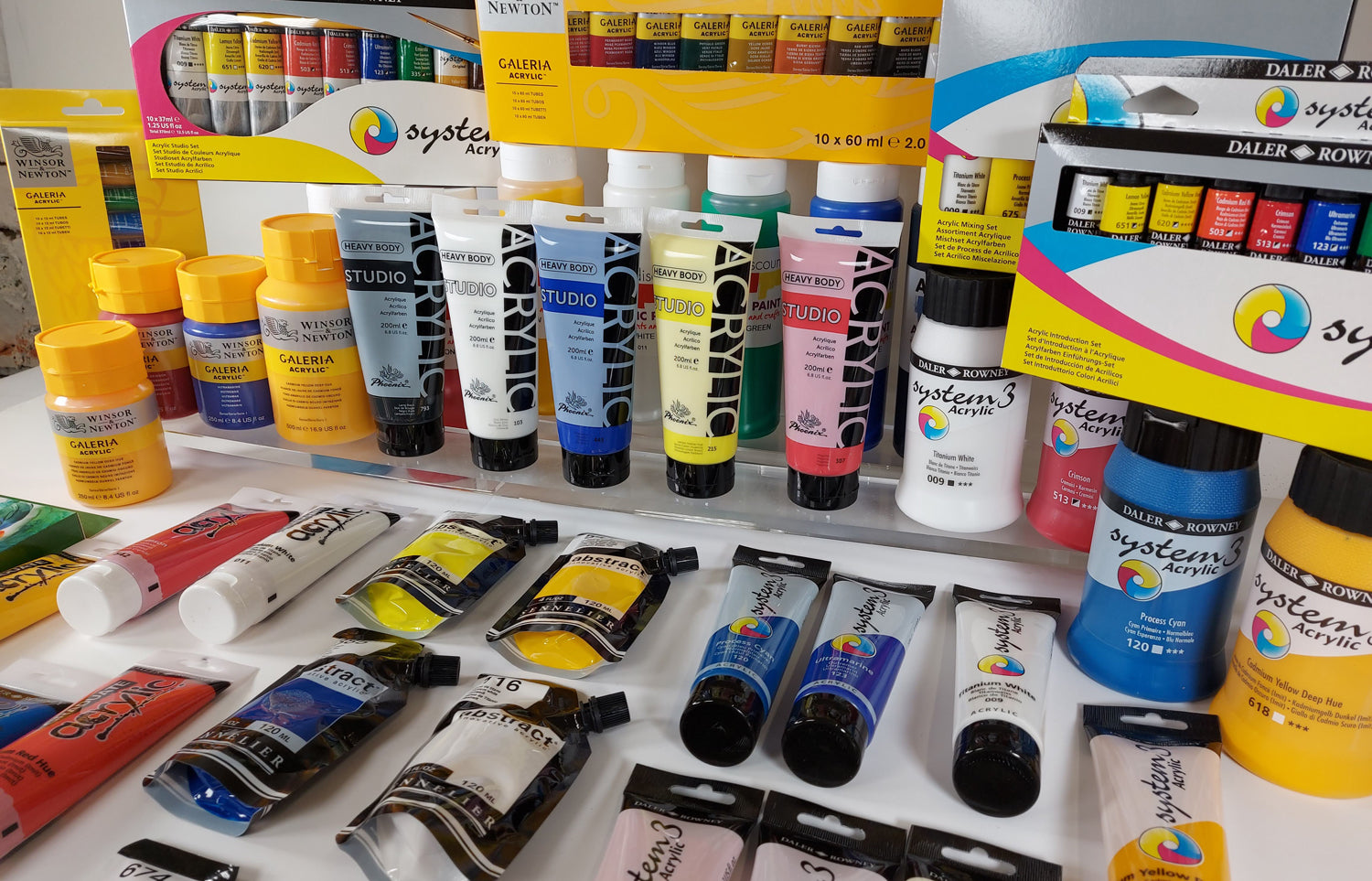
Acrylates are a group of chemicals that are commonly used in the production of acrylic plastic products, adhesives, coatings, and paints. Acrylates are often used as a substitute for other toxic chemicals, such as phthalates, but they are not without their own health risks.
Health Impact
Exposure to acrylates links to a range of health effects, including skin and eye irritation, respiratory problems, and allergic reactions.
In addition, some studies have suggested that acrylates may be carcinogenic. That means they have the potential to cause cancer.
The health impacts of acrylate exposure are particularly significant for people who work with these chemicals on a regular basis, such as in the manufacturing or construction industries.
Example
One notable example is the toy company LEGO, which has phased out the use of acrylonitrile-butadiene-styrene (ABS) plastic, which contains acrylates, in its products. The company has instead transitioned to using a plant-based material for its LEGO bricks. Another example is the fast-food chain McDonald's, which has pledged to eliminate the use of phthalates, including acrylates, in its food packaging by 2025.
10. Chlorinated dioxins and furans

Chlorinated dioxins and furans are a group of toxic chemicals that are formed during the manufacturing process of certain types of plastic, such as polyvinyl chloride (PVC) plastic. These chemicals are also formed during the incineration of PVC plastic and other materials that contain chlorine.
Chlorinated dioxins and furans are persistent in the environment and can accumulate in the food chain, leading to potential exposure through the consumption of contaminated food products.
Health Impact
Exposure to chlorinated dioxins and furans links to a range of health effects, including developmental problems, immune system dysfunction, liver damage, and an increased risk of cancer.
These chemicals can also cause reproductive and hormonal problems like reduced fertility and changes in thyroid hormone levels.
The health impacts of exposure to chlorinated dioxins and furans are particularly significant for children, who may be more vulnerable to the effects of these chemicals.
Example
The Stockholm Convention, an international treaty aimed at reducing and eliminating persistent organic pollutants, includes provisions related to dioxins and furans. The convention has been ratified by over 180 countries, and parties to the convention are required to take steps to reduce or eliminate the production and use of these chemicals.
Several companies have also taken steps to reduce their use of PVC and other materials containing chlorine. For example, Nike, Ikea, and Walmart have all pledged to eliminate PVC from their products. The healthcare industry has also been working to reduce its use of PVC and other hazardous materials. In 2010, over 70 healthcare systems in the United States and Canada committed to phasing out the use of PVC in healthcare products.
II. How to avoid toxic chemicals in plastics
In this section, we will explore some ways to avoid toxic chemicals in plastics, from choosing safer products to advocating for change.
1. Choose safer plastics

Some types of plastic, such as PVC and polycarbonate, are more likely to contain harmful chemicals like BPA and phthalates. To reduce your exposure to these chemicals, choose plastics labeled as "BPA-free" or "phthalate-free." Look for products made from safer plastics, such as polyethylene (PE), polypropylene (PP), or polyethylene terephthalate (PET).
2. Avoid heating plastic

When plastic is heated, it can release harmful chemicals into food and beverages. Avoid using plastic containers in the microwave or dishwasher, and opt for glass or ceramic containers instead. If you do use plastic containers for food or beverages, let them cool down before you store them in the refrigerator.
3. Use natural alternatives
.png)
Consider using natural alternatives to plastic, such as glass, stainless steel, bamboo, or silicone. These materials are typically free from harmful chemicals and can be reused or recycled.
4. Read labels and research products
.jpg)
Check the labels on products you buy to see if they contain harmful chemicals. Do some research on the brands and manufacturers of products you buy to learn more about their safety practices and the chemicals they use in their products.
5. Reduce consumption

Reduce your overall consumption of products made from plastic, including single-use items like water bottles, straws, and bags. Instead, opt for reusable alternatives that are made from safer materials.
6. Choose fresh, whole foods
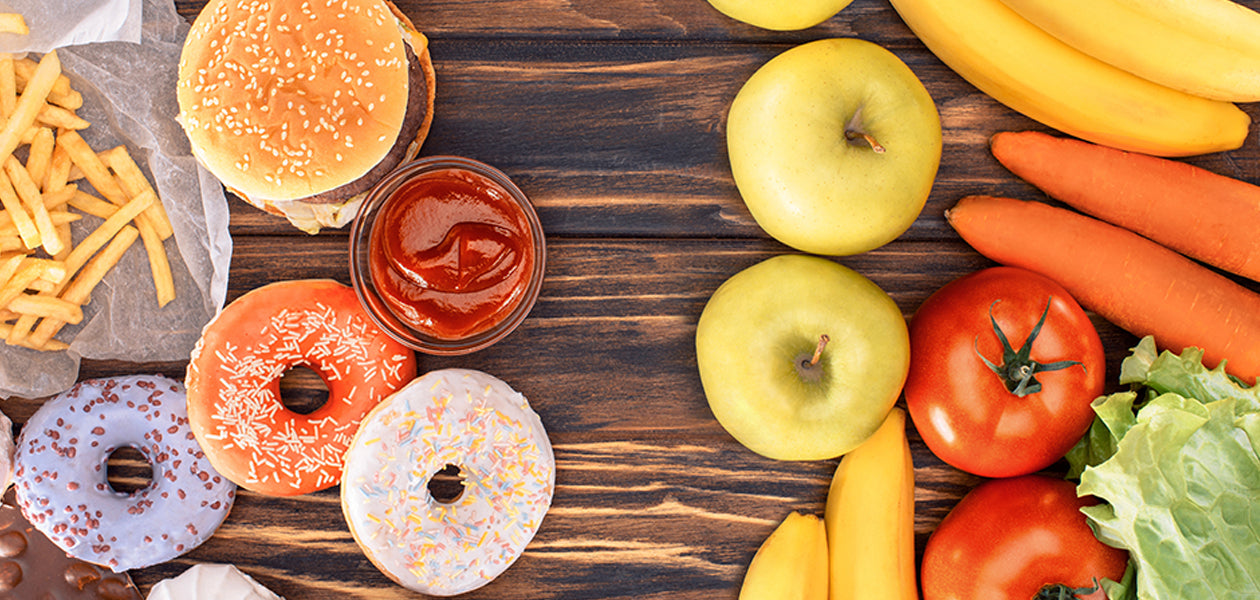
Some plastic containers and packaging can leach harmful chemicals into food, especially acidic or fatty foods. To minimize your exposure, opt for fresh, whole foods that are not packaged in plastic whenever possible. Buy in bulk or bring your own reusable containers to the store.
7. Be cautious of recycled plastics

While recycling plastic is important for the environment, recycled plastics can still contain harmful chemicals from their original use. Try to choose products made from new plastic whenever possible, or look for products made from recycled plastic that has been certified as safe by a third-party organization.
8. Look for eco-friendly certifications

Some products, such as water bottles and food containers, may have eco-friendly certifications that indicate they are free from harmful chemicals. Look for certifications such as USDA Organic, NSF International, or Green Seal to ensure you're choosing products that are safer for you and the environment.
9. Choose non-toxic cleaning products
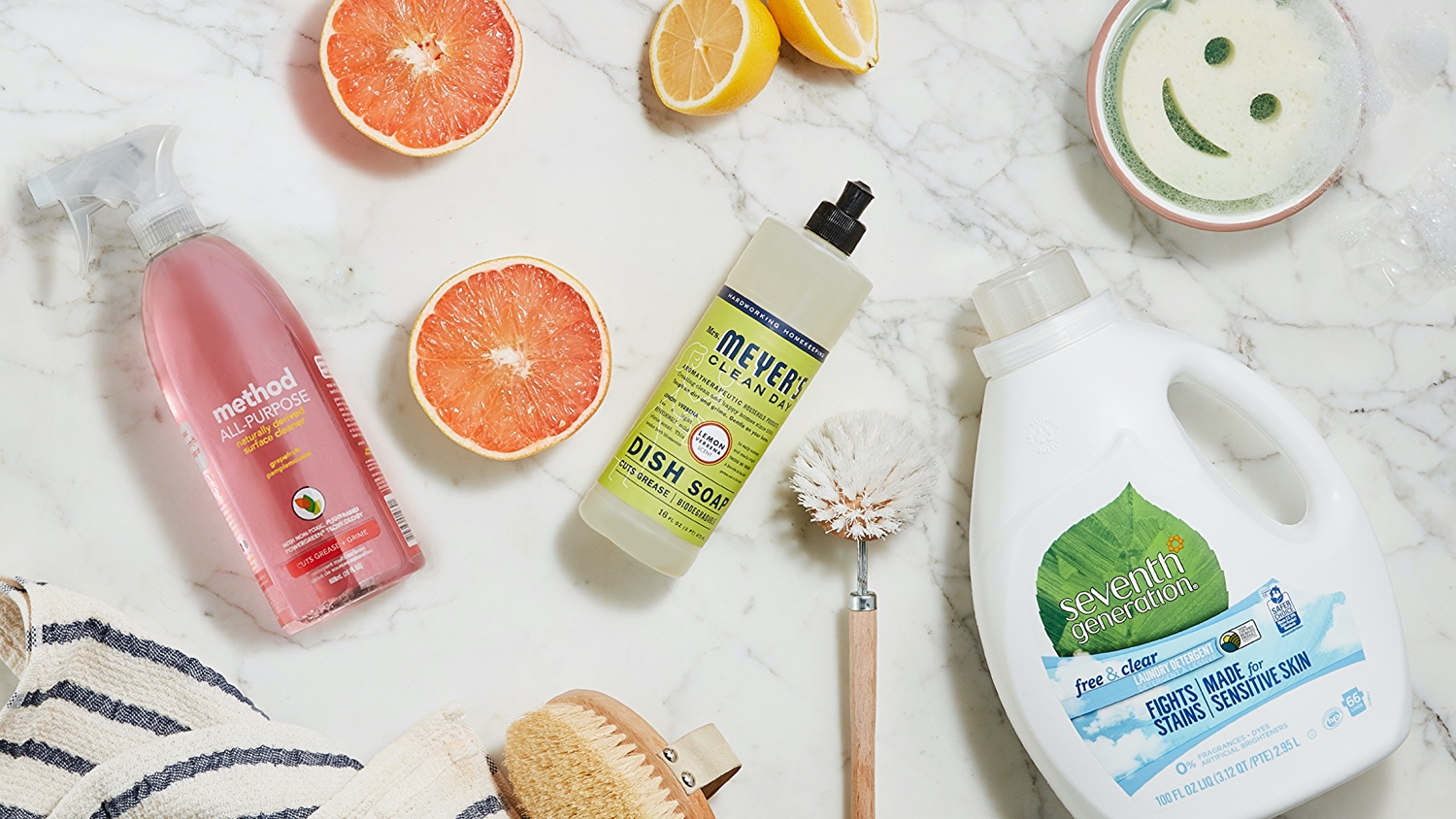
Many household cleaning products come in plastic containers and can contain toxic chemicals that can leach into the environment. Look for non-toxic, eco-friendly cleaning products that come in glass or metal containers, or make your own cleaning products from natural ingredients like vinegar and baking soda.
10. Advocate for change

Finally, consider advocating for policies and regulations that promote the use of safer materials and reduce the use of toxic chemicals in plastics. Support companies that prioritize sustainability and non-toxic products, and join advocacy groups that promote environmental health and safety.